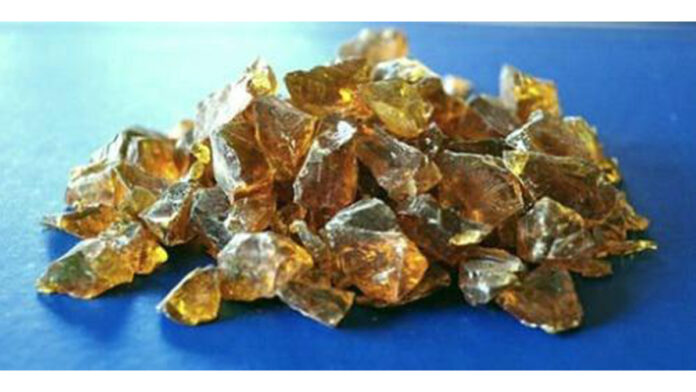According to MarketsandMarkets research report, “Ink Resin Market by Resin Type (Modified Rosins, Hydrocarbon, Modified Cellulose), by Technology (Oil, Solvent, Water, UV-curable), by Application (Printing & Publication, Flexible Packaging, Corrugated Cardboards & Cartons) – Global Forecast to 2026,” the global ink resins market is estimated to be USD 3.3 billion in 2021 and is projected to reach USD 3.8 billion by 2026, at a CAGR of 3.4%.
Increasing environmental protection standards for the printing ink industry, growth of packaging and energy curable inks industries, increasing demand for UV-cured inks, and new resin technologies are the key factors contributing to the growth of the ink resins market.
Modified rosin is expected to be the largest ink resin type segment. The modified rosin is a natural resin obtained from pine trees and is regarded as an inexpensive resin. Its price has risen slightly over the last decade; however, there has been little decline in its use.
It is ecologically sound to produce rosin from living sources, as opposed to fossil sources and tree stumps, making gum rosin a regenerative starting material for printing ink resins. Rosin has been used in alcohol-based lacquers, in combination with mineral oils for applications such as comic publication and newspaper inks.
The use of UV-curable inks in the US in the packaging market continues to increase, especially with the introduction of low migration inks that support current global and regional regulations. Key advantages of UV-cured inks are solvent-free inks resulting in lower insurance, high level of product resistance, ease of usage, and flexibility to accommodate various sizes and variety of print jobs.
Solvent-based inks continue to be the largest technology segment. The main resin used is low viscosity nitrocellulose (NC), which is featured in more than 70% of all solvent-based liquid inks. Liquid media, based on NC, disperse pigment reasonably well, have a good balance between viscosity and solids content, have low odor, print well, and are compatible with a large number of media based on other polymers.












